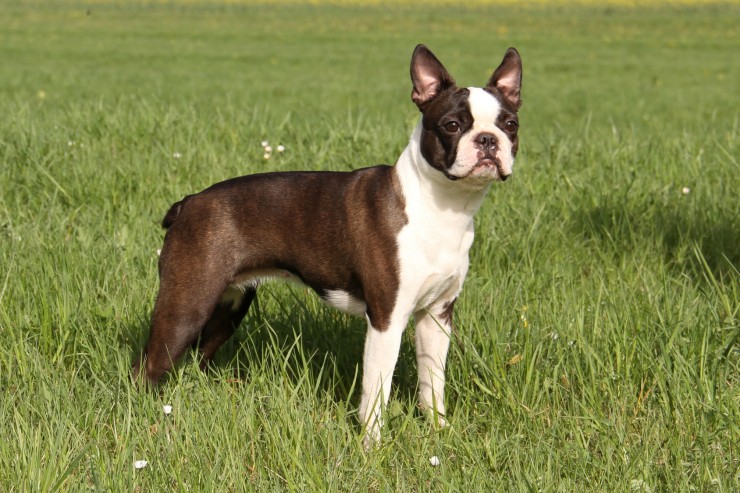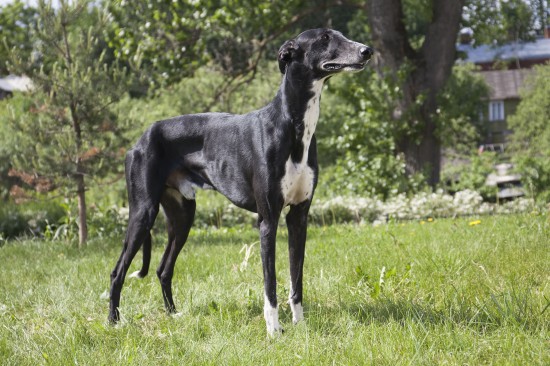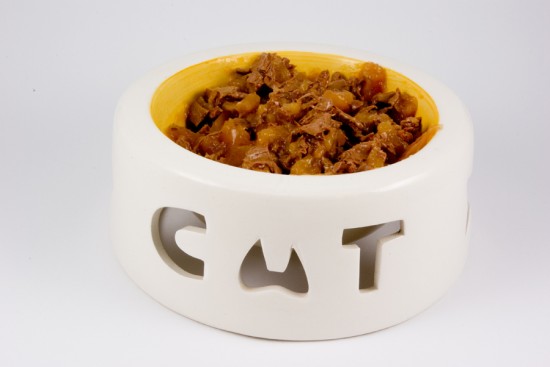Heartworm disease is not an easy type of animal disease since treatment of this could be life-threatening to the host抯 life as well. From the number of studies and researches done to improve the type of medicines and drugs used to fight against this disease, perhaps the most significant things that must be done to combat heartworm disease is to have a very good knowledge and understanding on its development and transmission.
How does heartworm disease develop? For one, heartworm disease will not spread without the participation of mosquitoes. Transmission of heartworm disease from one infected animal to another animal is through a single mosquito bite that has ingested microfilariae or eggs of these parasitic roundworms and have stayed and grown into larvae in the mouth of these mosquitoes. The larvae will enter the skin and muscles through the mosquito bite. The process by which the larvae travel from the connective tissues going to the right side of the heart is unknown. What is known is that these roundworms nest at the right side of the heart where it develops into full-grown adult roundworms swimming and destructing the blood vessels especially the pulmonary artery of the lungs of its host. These heartworms grow big in just three to four months; the female adult worms may grow for as long as 10 inches while male adult worms are shorter.
Crucial in helping the host survive heartworm disease is its diagnosis. Early detection could be a major factor in a successful treatment of heart disease. But although this is the case, diagnosing heartworm could be tricky as some signs and symptoms may not be detected even if the host is already carrying the infection. Maturity of the worms is one factor that may trigger the observable signs and symptoms and this only happens after six months. An inactive type of lifestyle is exhibited by the animal during the maturity stage of heartworms may be observed. Signs and symptoms such as exhaustion, coughing with blood, fainting and heart failure as well as weight loss and loss of appetite are the observable signs that dog owners should watch out for.
Treatment of heartworm disease should follow immediately after the symptoms are seen. However, dogs should undergo an evaluation of the degree or severity of heartworm infection in its body before the dog owner or veterinarian decides what kind of treatment should be done. The health condition of the dog is also taken into consideration. Arsenic-based compound is used to treat adult worms in the body of the host. This drug may be toxic therefore lethal even to the dog抯 life. After adult treatment, egg treatment may also be done to totally eliminate the presence of heartworms even in the blood as this may still be transmitted to another host by mosquito bites. Post-adulticide is likewise advised to make sure that the adult worms are totally killed and this must hold true even after four months. Dogs that may still have adult worms?presence may need to repeat the treatment to make sure that totally, the roundworms are flushed. Finally, rest is advised for the dog that has just undergone treatment since the whole procedure could bring complications to its body due to thrombosis.

 How To Keep Your Home Clean And Hygienic When You Own A Dog
How To Keep Your Home Clean And Hygienic When You Own A Dog
 Reasons for You to Build and Design Chicken Runs for Your Chicken
Reasons for You to Build and Design Chicken Runs for Your Chicken
 How To Tell The Difference Between A Boston Terrier And A French Bulldog
How To Tell The Difference Between A Boston Terrier And A French Bulldog
 Common Diseases Of Aquatic Turtles
Common Diseases Of Aquatic Turtles
 Prey Drive In Sight Hounds
Prey Drive In Sight Hounds
 Taking A Closer Look At The Way We Feed Our Cats
Taking A Closer Look At The Way We Feed Our Cats
 Health Issues More Commonly Seen In The Boston Terrier
Health Issues Mor
Health Issues More Commonly Seen In The Boston Terrier
Health Issues Mor
 Great Dane Hereditary Health And Longevity
Great Dane Heredi
Great Dane Hereditary Health And Longevity
Great Dane Heredi
 Why Cats Love To Scratch So Much
Why Cats Love To
Why Cats Love To Scratch So Much
Why Cats Love To
 Fun & Interesting Facts About Guinea Pigs
Fun & Interesting
Fun & Interesting Facts About Guinea Pigs
Fun & Interesting
 Provide Your Pet with Best Dog Clothes and Dog Food Supplies for Keeping Them Happy
Provide Your Pet with Best Dog Clothes and Dog Food Suppli
Provide Your Pet with Best Dog Clothes and Dog Food Supplies for Keeping Them Happy
Provide Your Pet with Best Dog Clothes and Dog Food Suppli